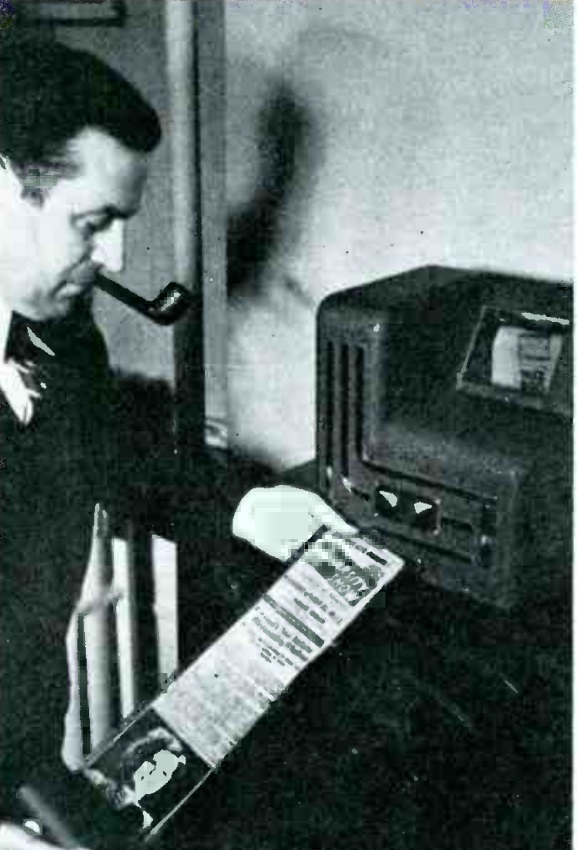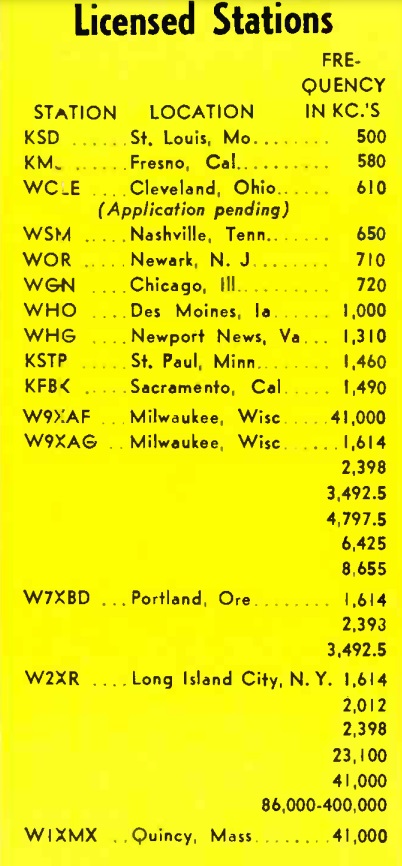 Eighty five years ago, they didn’t know it wasn’t going to catch on, but it looked like the next big thing was going to be facsimile. The January 1938 issue of Radio Retailing carried a feature discussing the state of the art. It acknowledged that television was right around the corner (and it was, with only a world war serving to delay it), but the magazine incorrectly predicted that facsimile equipment might find its way into American homes before television.
Eighty five years ago, they didn’t know it wasn’t going to catch on, but it looked like the next big thing was going to be facsimile. The January 1938 issue of Radio Retailing carried a feature discussing the state of the art. It acknowledged that television was right around the corner (and it was, with only a world war serving to delay it), but the magazine incorrectly predicted that facsimile equipment might find its way into American homes before television.
 The idea seemed reasonable, since a number of stations were already licensed to send fax transmissions, as shown by the list at the right. In the Upper Midwest, both WHO Des Moines and KSTP Kansas City held licenses to broadcast with the new mode, on their standard broadcast frequencies.
The idea seemed reasonable, since a number of stations were already licensed to send fax transmissions, as shown by the list at the right. In the Upper Midwest, both WHO Des Moines and KSTP Kansas City held licenses to broadcast with the new mode, on their standard broadcast frequencies.
The magazine acknowledged that standards had to be fixed before facsimile service became common. And testing needed to be done to see how well it worked in outlying areas. And it still wasn’t know if the receivers would be standalone units, or if a printer would plug into the loudspeaker output of a standard broadcast radio.
Shown above is a pioneer of facsimile transmission, W.G.H. Finch of Finch Telecommunications, Inc. Other contenders for a market share were R.C.A., Radio Pictures, and Fultograph. Facsimile service was seen as a way in which radio stations could take on the competition of newspapers. But when the War ended, television took off a lot faster than many people imagined, and radio facsimile service is relegated to a footnote in the history of radio.
